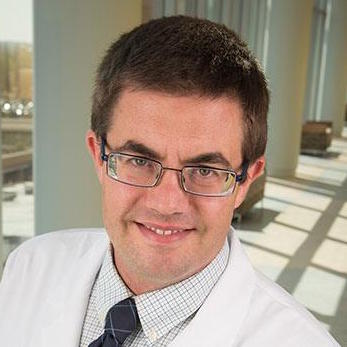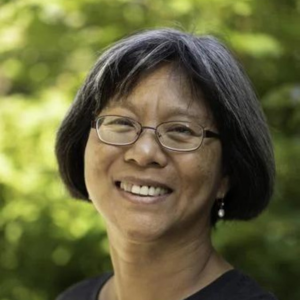After eight years of work by a pair of University of Colorado Cancer Center leaders on a new way to attack various cancers, the next stage in their quest to bring their therapy to patients is one of nine research endeavors receiving funding from the Anschutz Acceleration Initiative (AAI).
The project is led jointly by Antonio Jimeno, MD, PhD, a co-leader of the CU Cancer Center’s Developmental Therapeutics Program and professor in the CU Department of Medicine's Division of Medical Oncology, and Tin Tin Su, PhD, co-leader of the cancer center’s Molecular and Cellular Oncology Program, and professor of Molecular, Cellular, and Developmental Biology at CU Boulder.
Jimeno says it’s significant that the AAI award is for a potential cancer therapy “that was discovered in Colorado, and will use Colorado funds from a Colorado donor to help Colorado cancer patients.”
He adds: “Here at the CU Cancer Center, we can get things done really well and really quickly, provided we have the focus and the resources. And this grant provides both.”
Based on a chemical from a bush
Their work involves the use of a synthetic small molecule called SVC112, which has been shown to effectively target cancer stem cells in head and neck cancers, the main focus of Jimeno’s research lab.
Cancer stem cells produce cells that make up most of a tumor’s bulk. They often are resistant to traditional therapies such as radiation and chemotherapy, and can recover from treatment to produce more tumor cells. The U.S. Food & Drug Administration has approved the use of protein synthesis inhibitors that slow or stop cancer cell growth, but they can be toxic to healthy cells as well as cancer cells.
SVC112 was originally synthesized by SuviCa, Inc., a Boulder, Colorado-based biotechnology company co-founded by Su. It’s based on the chemical bouvardin, found in the firecracker bush, Bouvardia ternifolia, a red-flowering plant that grows in the Southwest and Mexico. The discovery in Su’s research lab at CU Boulder of bouvardin’s remarkable ability to prevent regeneration of cancer cells in the fruit fly led to the current studies.
Previous research by Jimeno, Su, and others showed that SVC112 can keep cancer stem cells from manufacturing more tumor cells. The pre-clinical research indicated that SVC112 can be more effective than the protein synthesis inhibitor homoharringtonin (HHT), and with less toxicity, while also increasing the effects of radiation treatment.
→ Plant-derived SVC112 hits cancer stem cells, leaves healthy cells alone
“It’s effective in ways that other drugs are not,” Su says. “This compound has shown efficacy in squamous head and neck cancer, in salivary gland cancer, colorectal cancer, and leukemia models. Which is very exciting, because it proves the biologic point that multiple tumor types rely on the same mechanisms, the same proteins, to become invasive, to grow, and to metastasize.”
Funding for trials
Su points out that SVC112 passed three reviews to be approved to receive milestone-based support from the National Cancer Institute’s (NCI) Experimental Therapeutics Program (NExT) in 2023, providing resources for SVC112’s development. NCI is part of the National Institutes of Health.
Jimeno says that the five-year AAI grant will help fund the arduous next steps in developing SVC112. First, the researchers will conduct pre-clinical experiments leading to an investigational new drug filing to the FDA within two years. Next, he says, plans call for a first-in-human Phase 1a clinical trial in cancer patients “to determine the safe, optimal way of delivering this to humans, employing all the clinical-trials capabilities of our university, including the Cancer Center Clinical Trials Office,” followed by a Phase 1b trial.
Cancers to be targeted in later stages of the clinical trials may change based on early results, if the researchers see patients with certain cancers responding especially well, Jimeno says.
The AAI recipients were announced Jan. 10 by CU School of Medicine Dean John J. Reilly, Jr., MD, during his annual State of the School address.
Photo at top: The firecracker bush (Bouvardia ternifolia), a red-flowering plant that grows in the Southwest and Mexico. SVC112 is based on the chemical bouvardin, found in the firecracker bush. Photo: U.S. Forest Service.





